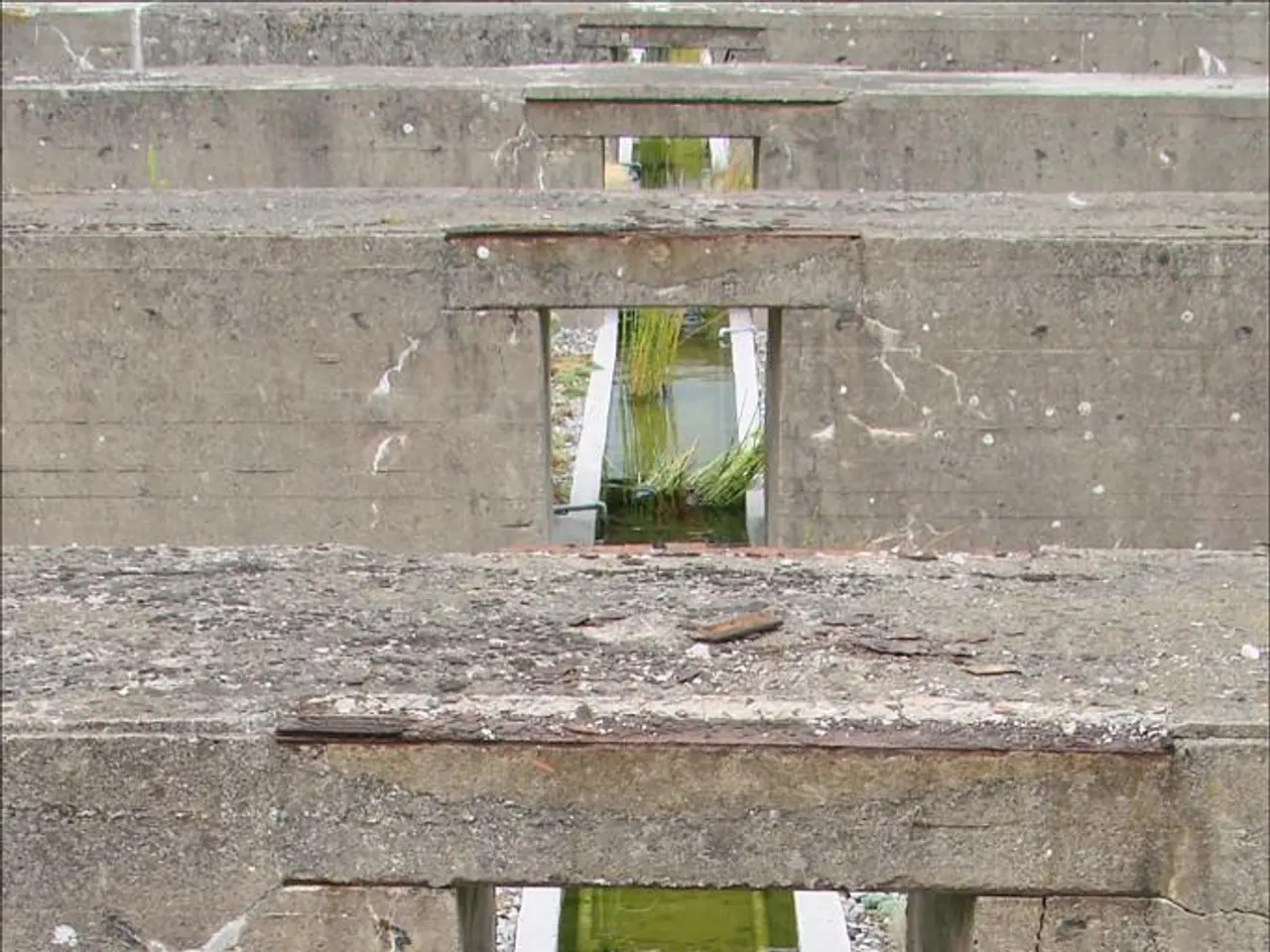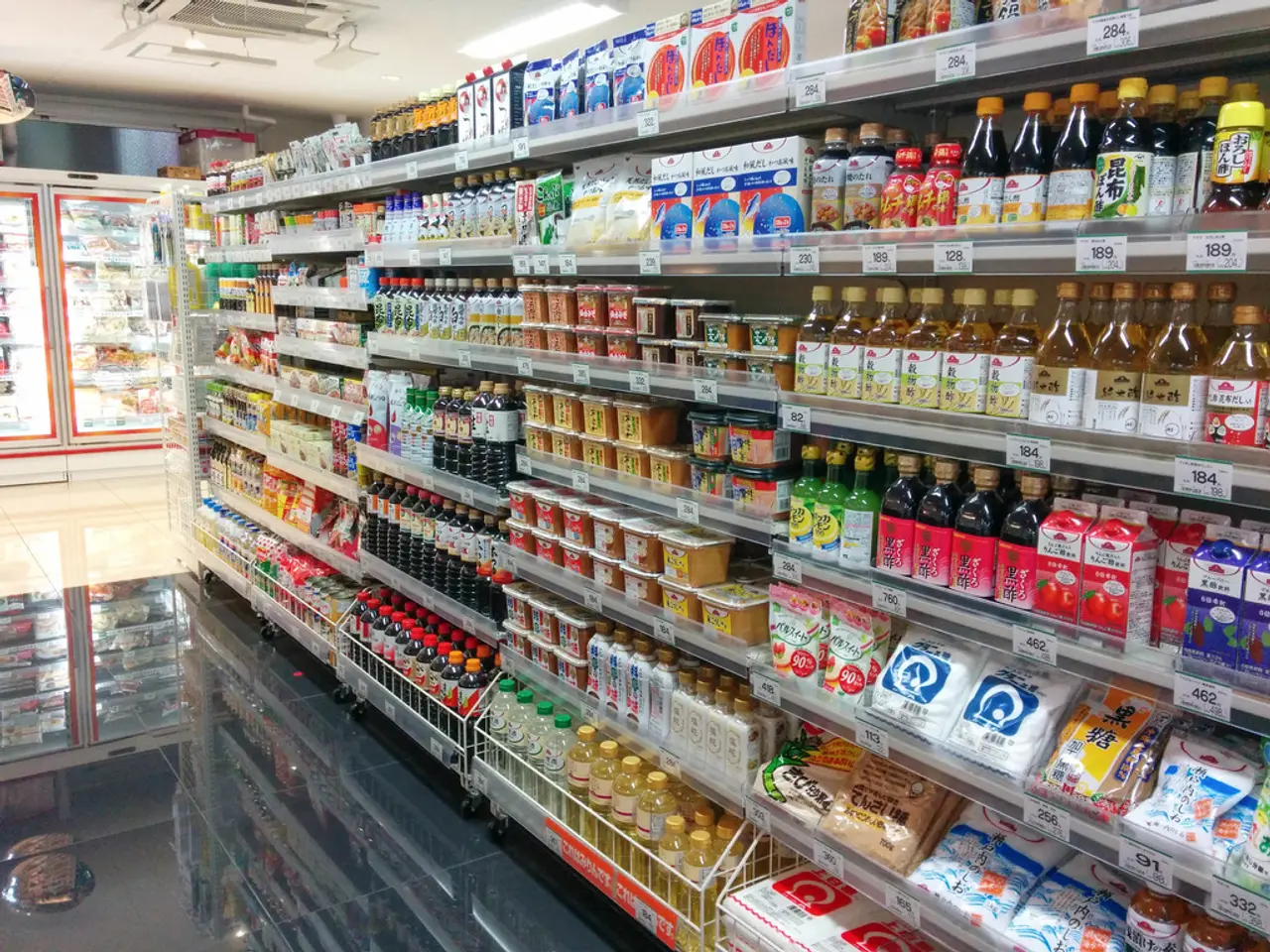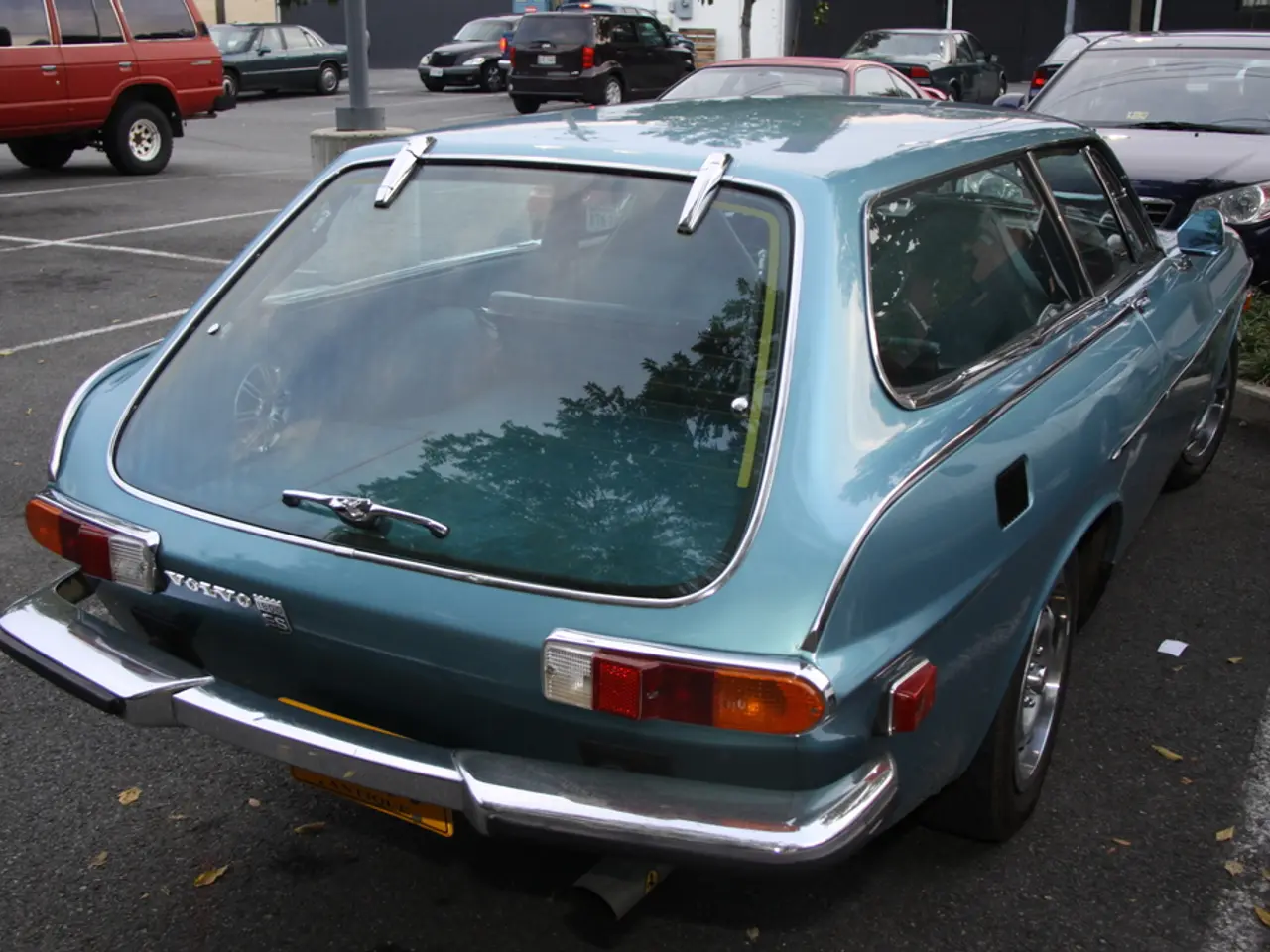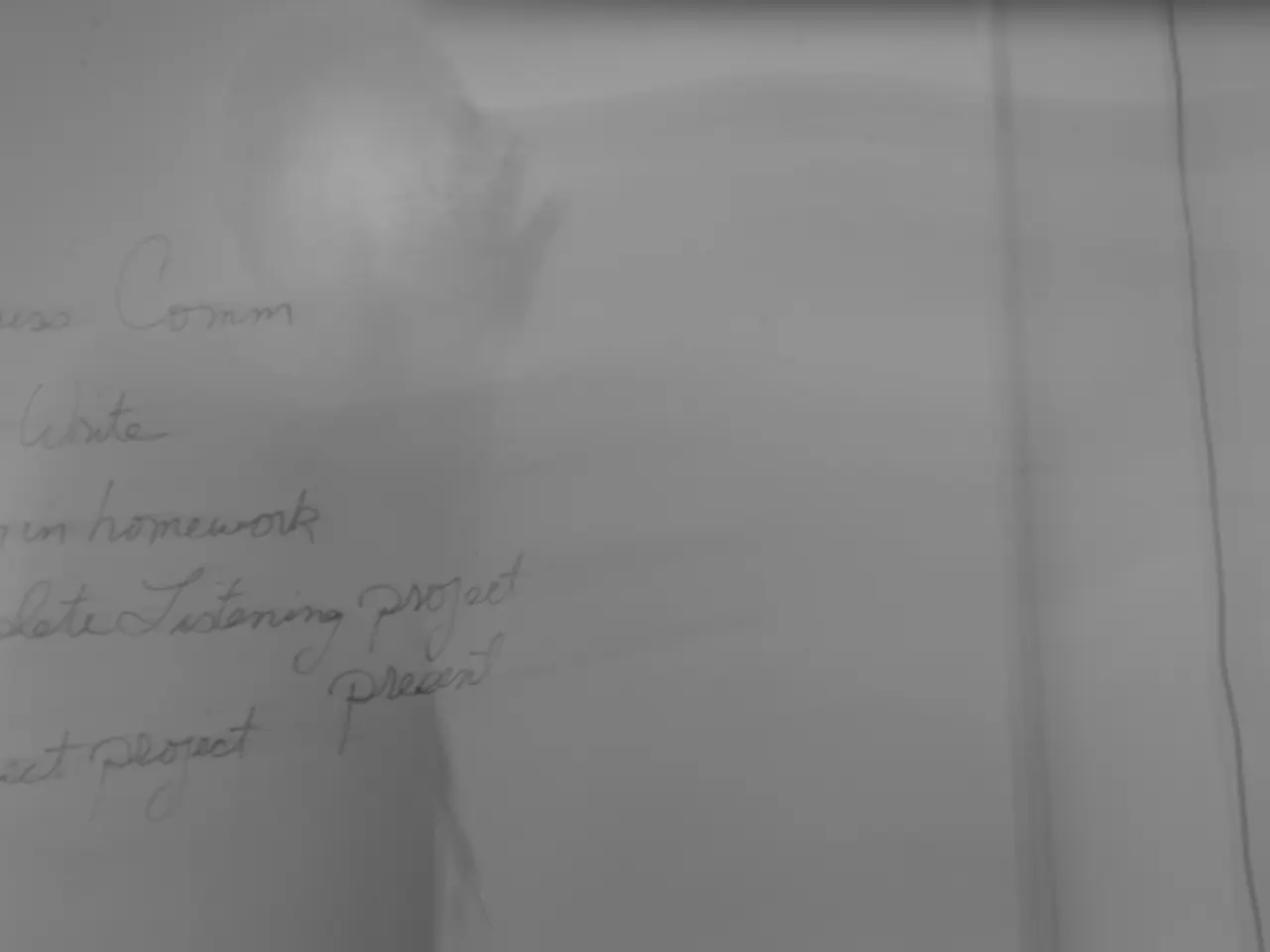Mining operations and climate change impact water flow
In a bid to phase out lignite power plants by 2038, Germany is faced with the task of reclaiming vast open-pit mining areas. One of the largest mining regions, the Lausitz, has seen most of its open-cast mines cease operation, leaving behind deep pits that will eventually become post-mining landscapes.
The reclamation process involves the careful management and utilisation of water sources, primarily groundwater and river water, to fill the mining voids and transform degraded landscapes into lakes or water bodies. This approach aids in re-establishing surface water features and supports ecological restoration after mining ends.
Historical experience in the Central German Mining District demonstrates the importance of these water sources. They are used to prepare ground and embankments, hold water safely, and sometimes even allow lakes to form naturally through passive flooding or by actively diverting and managing surface water to accelerate the filling process.
In the Spree near Cottbus, seepage water from open-cast mining makes up between 50 and 75 percent of the total flow. Filling the open-cast mines with river water is intended to at least slow down the process of creating light acids in the water, making the lakes acidic.
As the process requires significant water, discussions are underway about building a massive water pipeline to transfer water from the Elbe to the Spree in the Lausitz region. A similar plan exists in the Rhineland, where Rhine water is to flood the remaining holes in the Garzweiler and Hambach areas via a 45-kilometer pipeline.
However, reclamation in post-mining landscapes is a challenge due to the unpredictable nature of mining. The overburden is often insufficient for filling in the holes left by mining. This necessitates the use of local sources or groundwater for flooding.
Despite the challenges, the post-mining landscapes offer a huge opportunity for species protection, providing unique opportunities for the protection of endangered species. Agriculture, forestry, nature conservation, and tourism are the defined after-use options for these landscapes.
Investments of 40 billion euros in tax revenue will be made in the lignite regions over the next 15 years to facilitate this transition. The potential risks, such as the cracks and damage that appeared on the slope of a canal connecting two artificial lakes in the south of Leipzig in the spring of 2021, underscore the need for careful planning and execution in the reclamation process.
References: 1. Water for Open-Pit Landscape Reclamation after Coal Mining in Germany
- Environmental science and finance are crucial for constructing a massive water pipeline from the Elbe to the Spree in the Lausitz region, to supply water for filling the open-cast mines and support the reclamation process.
- As the mining process in the Lausitz region leaves vast open-pits, Germany's environmental-science industry is investigating methods to transform these areas into lakes or water bodies, aiding in ecological restoration and supporting species protection.
- The business sector and industry must collaborate to address the challenge of insufficient overburden for filling the mines, requiring the utilization of local sources or groundwater for flooding, as demonstrated in the Garzweiler and Hambach areas.
- The reclaimed post-mining landscapes in the Lausitz region offer potential for diversification in after-use options such as agriculture, forestry, nature conservation, and tourism, providing new opportunities beyond the lignite industry.




